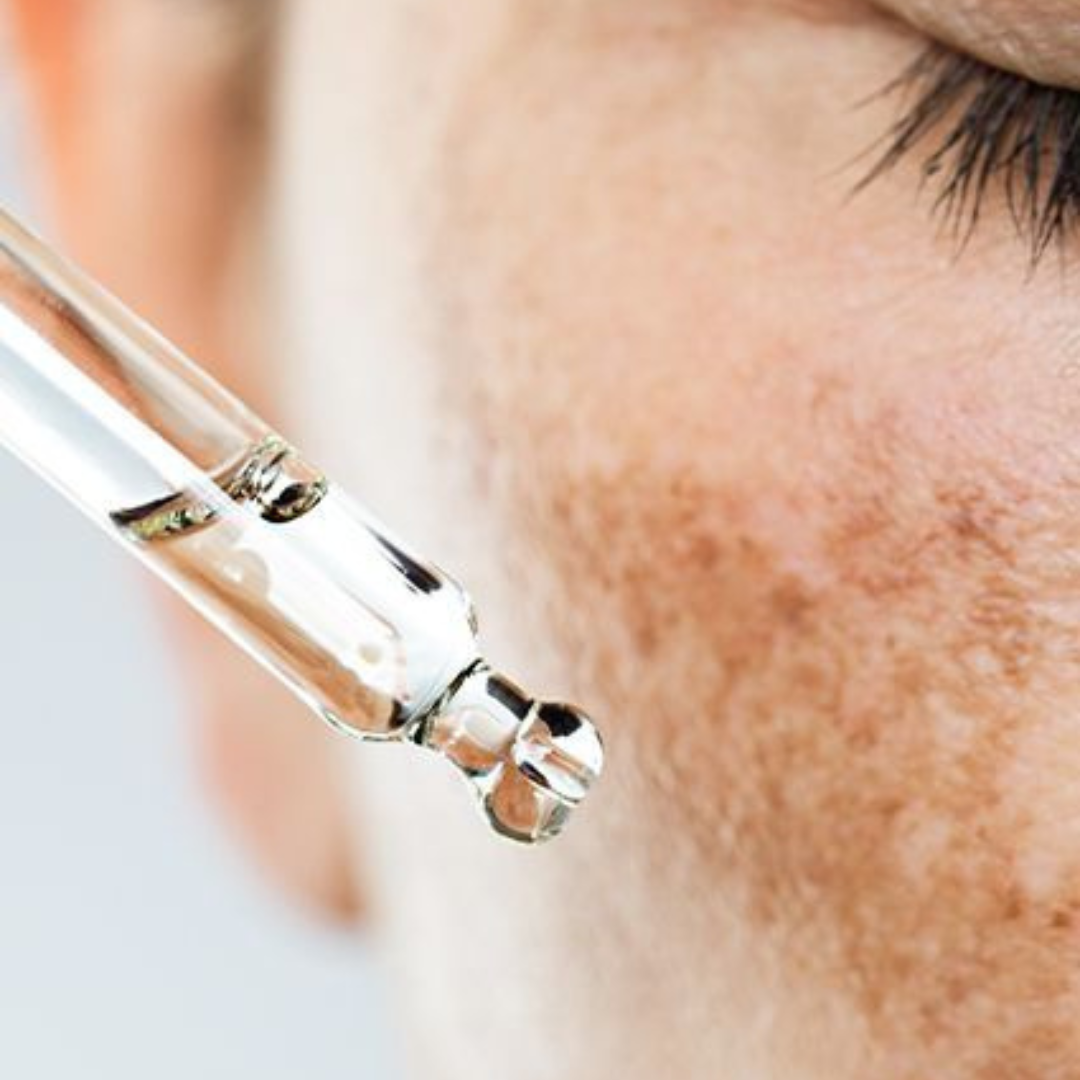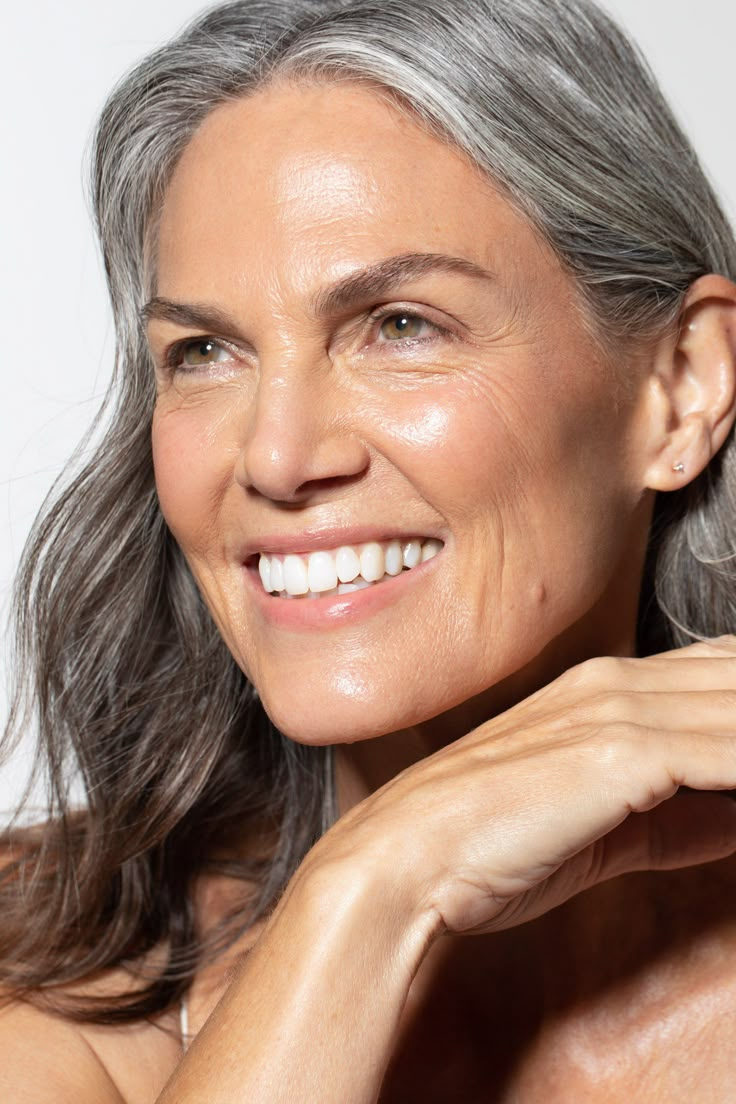What’s Really Causing Your Congestion?
Sebum Composition and how it affects congestion

OVERVIEW
The most common misconception when it comes to congestion, is that oily skin is the main cause behind it, or that only teenagers suffer from skin congestion, but this is far from the truth. When it comes to oil and congestion on the skin, it’s actually the quality of oil your skin is producing, not necessarily the quantity.
In my eight years of being a Medical Skin Therapist, I’ve seen my hand of “dry” skins still suffering with many forms of congestion; pustules, papules, cysts, nodules, blackheads, and comedones, it seems to be a mixed bag of which skins in particular suffer the most with these symptoms.
GOALS
-
Understand the composition of human sebum
-
The role sebum has in our skin
-
Product and lifestyle changes we can make to best support quality sebum
SEBUM COMPOSITION
The Sebum is a harmonious blend of triglycerides, fatty acids, wax esters, cholesterol and squalene. Triglycerides and fatty acids are the most abundant (57.5%) followed by wax esters (26%) and squalene (12%), the least abundant is cholesterol which only accounts for 4.5% of total sebum composition. Interestingly, squalene and wax esters in particular are not found anywhere else in the body and are only present in your sebum.
The above is typical sebum composition, however it’s important to note that it’s not static, and it’s this fluctuation that has a detrimental effect on our skin's clarity.
The two ratios of these specific components have been found to massively impact congestion:
Linoleic acid
- An EFA that prevents our sebum from becoming “sticky”
- Depletion of this specific ingredient is directly linked to congestion
- Linked to follicular hyper-keratinisation- a key process to the development of acne -follicular hyperkeratinization is when skin cells shed abnormally fast, resulting in blockages in the follicle that can develop into many forms of congestion.
Squalene
- A highly unstable lipid found in human sebum
- Prone to oxidation, particularly from UV exposure, causes a chemical reaction that creates squalene peroxide.
- Squalene peroxide is inflammatory, also capable of inducing follicular hyper-keratinisation
- Squalene peroxide is highly comedogenic, directly linking to congestion
- Squalene peroxide stimulates sebaceous activity, further worsening this cycle of “bad quality” sebum being produced.
It’s the imbalance of low linoleic acid and high levels of squalene that’s directly linked to congestion in the skin. It’s also proposed that abundance of C.Acnes bacteria is initiated through this imbalance, as inflammation is the primary cause behind it.
The purpose of sebum
The main purpose of our sebum is antimicrobial and UV protection. Without our sebum we would be exposed to a vast array of environmental factors such as microbes, bacteria, viruses and pollutants that have a massive impact on our skin's health and clarity.
In my years of being a Medical Skin Therapist, clients who’ve struggled with congestion often resort to stripping their skin with astringent cleansers, often ones that contain SLS (sodium lauryl sulfate), or over exfoliating the skin with physical scrubs containing beads, or the over-use of chemical exfoliants.
That doesn’t make these specific ingredients “bad” for our skin, but the overuse of them can certainly aggravate the problem at hand.
How can we support optimal sebum composition?
Through this research, we’re able to treat congestion through combating this imbalance in our skin, and aid our skin producing “better quality” sebum, opposed to being thick and sticky in viscosity.
- Using topical ceramides to aid this imbalance, these are mainly found in good quality moisturisers e.g Aspect Dr, Cosmedix, Skin Better Science. Using this twice a daily will be highly beneficial. This will support the skin barrier and aid in reducing inflammation.
- Supplementing with EFAS, as this helps to increase the amount of linoleic acid in our sebum.
- Preventing the oxidation of squalene through limiting UV exposure, and using a good SPF daily, also remembering to reapply two hourly.
- Topical vitamins (A,B,C) as these directly reduce inflammation and help to normalise the way our skin cells behave.
Conclusion
Sebum composition has a massive influence on the clarity of our skin, and by making simple changes like what we’re using on our skin, as well as what we’re supplementing our bodies with can help to make visible difference in not only our skin, but our confidence and livelihoods as well.




